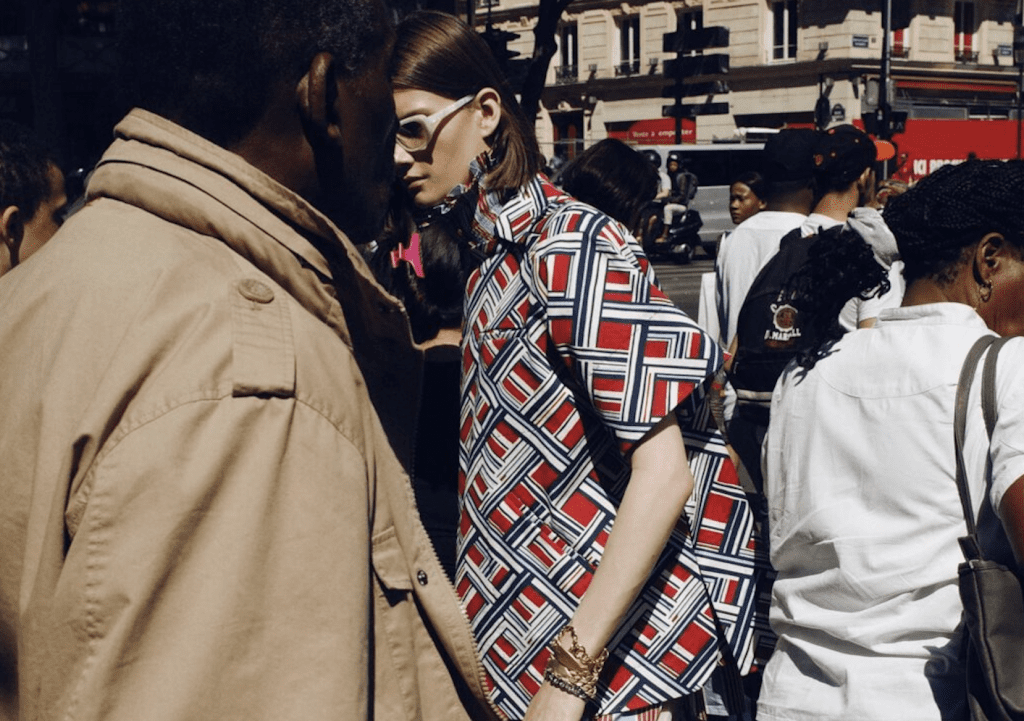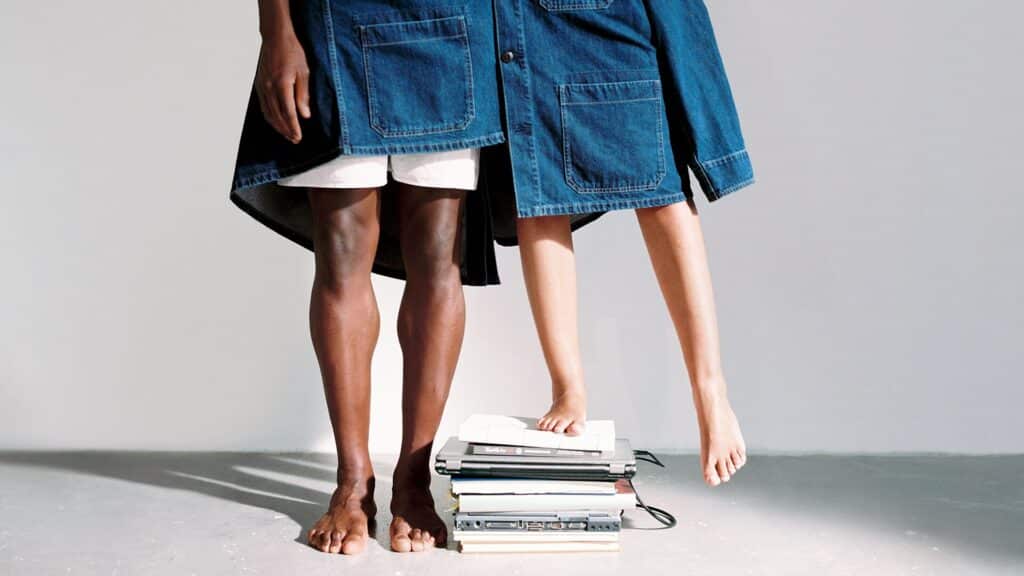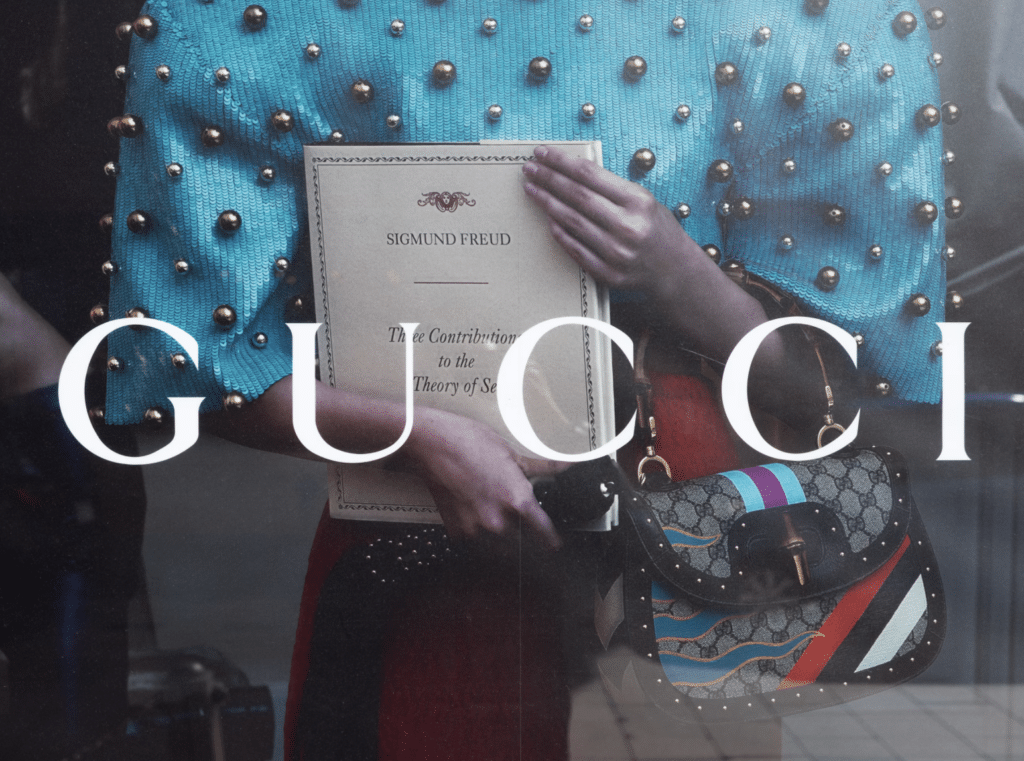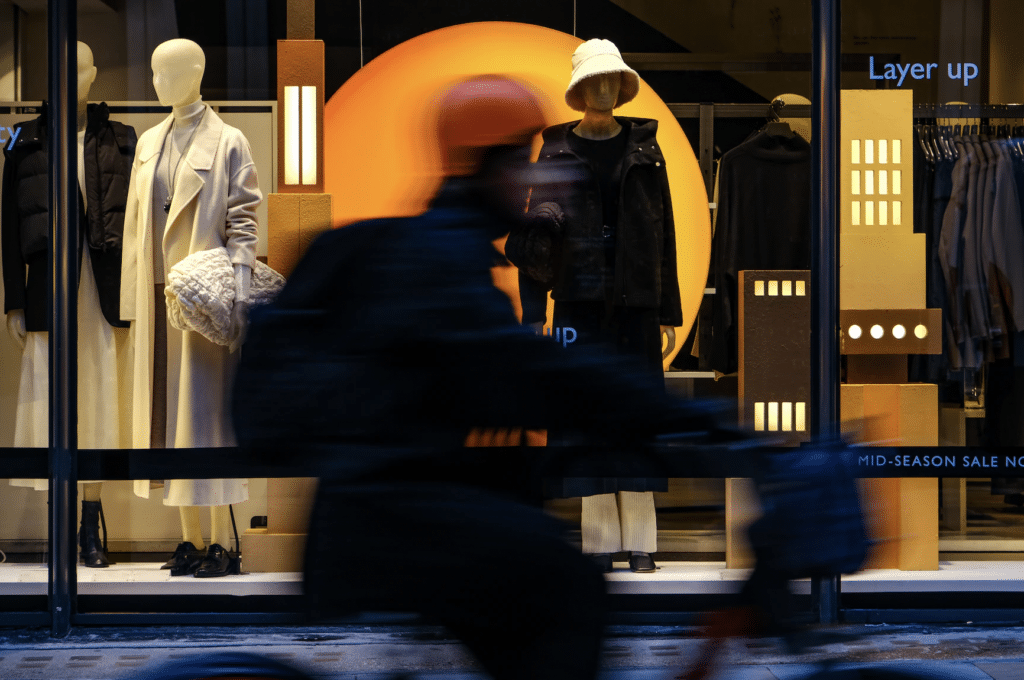Hermès is planning to further boost its e-commerce presence. In a conference call on Wednesday in connection with its Q3 revenue report, Hermès’ chief financial officer Eric du Halgoüet revealed that the Paris-based luxury brand is “going to gradually increase our offer of products online,” as the company continues to see striking increases in traffic and conversions of e-commerce purchases. The exception, of course, du Halgoüet told reporters is “very iconic products,” such Hermès’ pricey and often hard-to-get Birkin bags.
The plan to dive deeper into e-commerce comes as Hermès reported triple-digit growth in terms of online sales for the third quarter of the year, with gains coming in all geographical areas, and online sales topping those of any of the brand’s main stores. As first reported by Reuters, du Halgoüet says that Hermès e-commerce platforms are now the group’s “biggest store,” with online sales up by nearly 100 percent across the globe for the first nine months of the year.
Echoing the sentiment of Q2, Hermès revealed this week – in connection with its report that sales as a whole were up by 7 percent for the quarter to 1.8 billion euros ($2.13 billion) – that the vast majority of all online transactions (i.e., 85 percent) came from new customers. (For Q2, executive chairman Axel Dumas said that around 75 percent of online sales came from new customers, noting that online sales are “really additional business more than a transfer [from one channel to another].”)
Among the hottest selling categories on the brand’s e-commerce site for the quarter was homewares. Presumably, its logo-laden blankets and pillows, which retail for upwards of $1,500, and distinctively-patterned tableware are faring well as consumers continue to hunker down at home, thereby, driving a larger trend in purchases in the home goods segment.
Additional takeaways from Hermès’ call on Wednesday included a mention of the brand’s approach to pricing, with the company stating that price increases early this year in the European Union, United Kingdom, and in parts of China are aimed at a larger price harmonization attempt for at least certain products within its roster, with the company working to “decrease the price gaps across regions.” Additional price increases are expected to be considered and “possibly introduced at the beginning of 2021.”
As for the enduring impact of COVID-19 on its bottom line, Hermès stated that the markets that have been the quickest to recover in terms of spending “are those with historically strong local customers, including Japan, Korea. China,” which have turned to luxury spending on their home turfs in light of a standstill in international travel, which is traditionally a huge driver for luxury goods sales. Such spending repatriation pre-dates the onset of COVID in certain countries, such as China – whose government has cut formerly sky-high luxury taxes in recent years to encourage domestic consumption – but has been inevitably accelerated as a result of the pandemic.
In a note on Thursday, Bernstein analyst Luca Solca cited Hermès continued industry-leading gains, pointing to “double digit growth in continental China for the Chinese nationality” and a 11 percent increase in Japanese spending , and noting that “not even LVMH was able to do that.” At the same time, Solca set out a number of potential “downsides” for Hermès, including its “failure to convincingly innovate could push Hermès in a ‘classic corner,’ out of synch with younger global luxury consumers,” and “higher leather goods volumes – as silk declines – could reduce ‘rarity effect,’ perceived exclusivity, and – ultimately – brand desirability long-term,” among others.
As for the year as a whole, the group says it is “difficult to assess, as the scale, duration and geographic extent of the crisis evolve every day.”














